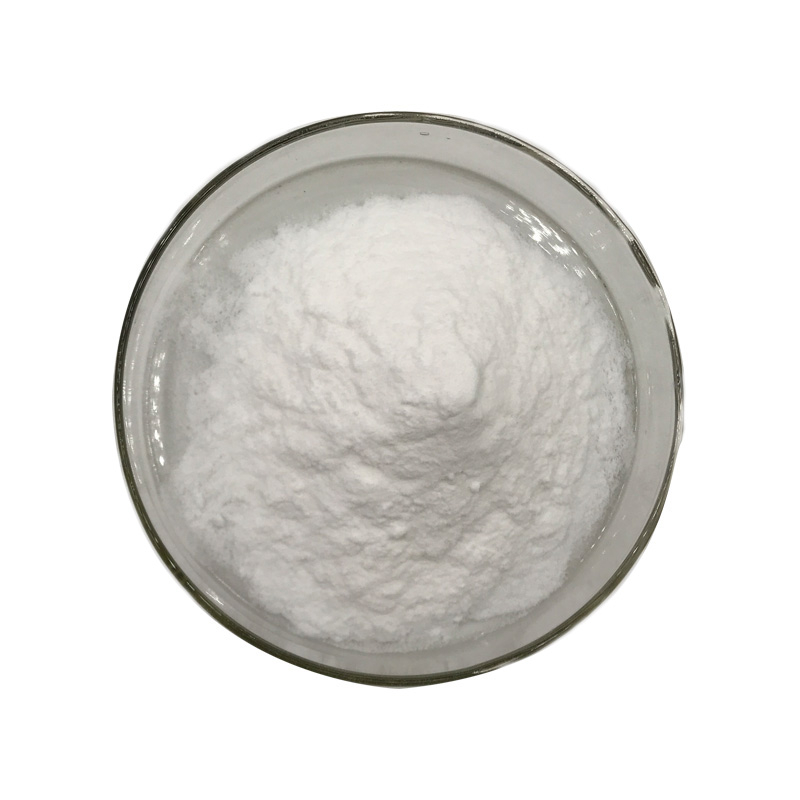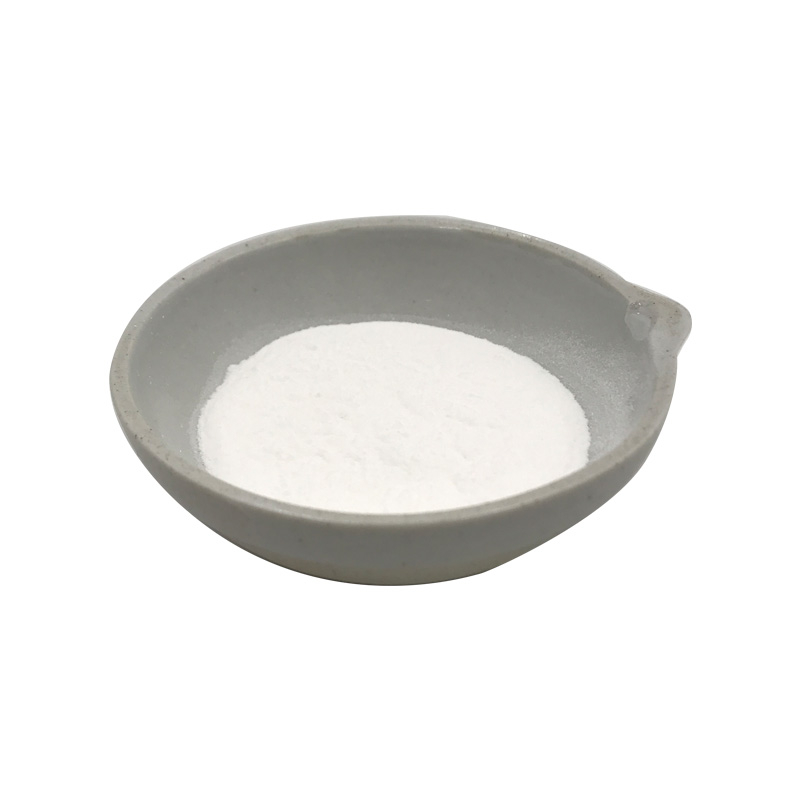Products Description of Thiourea dioxide CAS#1758-73-2Thiourea dioxide is also known as carboxamidine sulfinic acid and aminoiminomethanesulfinic acid. It is a stable compound with neither oxidizing nor reducing properties. It is precipitated from ethanol as colorless to white needle-shaped crystals or crystalline powder. It is odorless. Relative molecular weight 108.12. Relative density 1.4. Melting point 126℃ (decomposition). The solubility in water at room temperature is 2% to 3%, and the aqueous solution is neutral or weakly alkaline.
Contact Now
Products Description of Selenium dioxideSelenium dioxide is mainly defined as an oxidizing reagent in organic synthesis, and it is involved in a number of oxidation reactions. Probably due to the toxicity of this reagent, many of these reactions have been gradually replaced in recent years by other, better reagents from Chemicalbook.
Contact Now
Products Description of Thiourea CAS#62-56-6Thiourea, English name: Thiourea, white bright bitter crystal, soluble in cold water, ethanol, slightly soluble in ether, easily deliquescent in the air, and transforms into ammonium thiocyanate at 150°C. It has reducing properties and can reduce free iodine to iodide ions. Thiourea is highly reactive and is used to prepare various compounds.
Contact Now
Products Description of TITANIUM DIOXIDE CAS#1317-70-0The lattice structure of anatase is also tetragonal, but the lower packing fraction of the crystal lattice explains why anatase crystal exhibits both a lower hardness and refractive indices than rutile.Nevertheless, because the crystal lattice energies of the two phases are quite similar, anatase remains metastable over long periods of time despite being less thermodynamically stable. However, above 700°C, the irreversible and rapid monotropic conversion of anatase to rutile occurs.
Contact Now
Products Description of Titanium tetrachloride CAS#7550-45-0Titanium tetrachloride is the most important titanium halide and an important raw material for the production of titanium sponge and chloride-process titanium dioxide. Pure titanium tetrachloride is a colorless, transparent, high-density, non-conductive liquid with a chemical formula of TiCl4 and a relative density of 1.726. The melting point is -25°C and the boiling point is 136.4°C. It has a pungent sour taste and is easily hydrolyzed, generating white smoke in humid air. It dissolves in water and decomposes at the same time.
Contact Now
Products Description of Cesium carbonate99.9% CAS#534-17-8Cesium carbonate is an inorganic compound. It is a white solid at room temperature and pressure. It is very soluble in water and absorbs moisture quickly when placed in the air. The aqueous solution of cesium carbonate is strongly alkaline and can react with acid to produce the corresponding cesium salt and water, and release carbon dioxide. Cesium carbonate is easy to transform and can be used as a precursor of other cesium salts.
Contact Now
Products Description of LITHIUM METASILICATE CAS#10102-24-6Lithium silicate is a kind of water-soluble silicate. It is an odorless, tasteless transparent liquid. It is soluble in water and alkaline solutions, but insoluble in alcohols and organic solvents. Since the radius of lithium ions is much smaller than that of sodium and potassium ions, lithium silicate aqueous solution has some unique properties. It reacts chemically with acid like sodium water glass to form dioxide gel.
Contact Now
Products Description of Magnesium carbonate hydroxide CAS#39409-82-0This product is white monoclinic crystal with a relative density of 2.254. It is slightly soluble in water and easily soluble in dilute acid. It will foam and decompose in acid to release carbon dioxide. It will generate magnesium oxide and carbon dioxide when heated and calcined.Magnesium carbonate hydroxide Chemical Propertiesdensity 2.16RTECS FG1797000storage temp. 2-8°Cform Solidcolor WhiteOdorat 100.00?%. odorlessWater Solubility Soluble in water.
Contact Now
Products Description of Metatitanic acid CAS#12026-28-7Titanic acid is an intermediate product of the sulfuric acid method for producing titanium dioxide.
Contact Now
Products Description of 2-Aminothiazole-4-acetic acid CAS#29676-71-9 It is prepared by condensing ethyl chloro or bromoacetyl acetate with thiourea and then hydrolyzing it.2-Aminothiazole-4-acetic acid Chemical PropertiesMelting point 130 °C (dec.)(lit.)Boiling point 399.0±17.0 °C(Predicted)density 1.367 (estimate)vapor pressure 1.03-1.15hPa at 20℃refractive index 1.6430 (estimate)storage temp. -20°Csolubility DMSO (Slightly)pka3.20±0.10(Predicted)form solidcolor WhiteWater Solubility 6.5 g/L (20 ºC)BRN 127415Stability:Unsta
Contact Now
Products Description of Sodium hexafluorophosphate CAS#21324-39-0Sodium hexafluorophosphate is also called "sodium hexafluorophosphate (V) acid". Chemical formula NaPF6·H2O. Molecular weight 185.97. White powder. Sensitive to air and carbon dioxide, relative density 2.36919. Very soluble in water. Decomposes at high temperature.
Contact Now
Products Description of Tetramethylammonium hydroxide CAS#75-59-2Tetramethylammonium hydroxide (TMAH), also known as tetramethylammonium hydroxide, is a colorless to light yellow liquid. It is the strongest organic base, very easy to absorb moisture, has a certain ammonia smell, can quickly absorb carbon dioxide in the air, has a low vapor pressure at room temperature, and is completely decomposed and gasified at 135~145°C. High-purity products are treated at 140°C without trace residue. The tetramethylammonium hydroxide solution is colorless, transparent, and has a slight ammonia smell.
Contact Now
Products Description of Sodium Hydroxide CAS#1310-73-2Sodium hydroxide, also known as caustic soda and caustic soda, has the chemical formula NaOH. It is a highly corrosive strong base, usually in white flakes or granules. It can be mixed with water to form an alkaline solution, and can also be dissolved in methanol and ethanol. This alkaline substance is deliquescent and will absorb water vapor in the air, as well as acidic gases such as carbon dioxide. Sodium hydroxide is one of the commonly used chemicals.
Contact Now
Products Description of Magnesium oxide CAS#1309-48-4Magnesium oxide is commonly known as magnesia, also known as magnesium oxide. It is a typical alkaline earth metal oxide with the chemical formula MgO. It is a white powder with a melting point of 2852℃, a boiling point of 3600℃ and a relative density of 3.58 (25℃). It is soluble in acid and ammonium salt solutions. It reacts slowly with water to form magnesium hydroxide. It can be dissolved in a carbon dioxide aqueous solution to form magnesium bicarbonate.
Contact Now
Products Description of Sodium hydroxide CAS#1310-73-2Sodium hydroxide, also known as caustic soda and caustic soda, has the chemical formula NaOH. It is a highly corrosive strong base, usually in white flakes or granules. It can be mixed with water to form an alkaline solution, and can also be dissolved in methanol and ethanol. This alkaline substance is deliquescent and will absorb water vapor in the air, as well as acidic gases such as carbon dioxide. Sodium hydroxide is one of the commonly used chemicals.
Contact Now
Products Description of Sodium chlorite CAS#7758-19-2Liquid sodium chlorite is a white or slightly yellow-green aqueous solution, alkaline, and slightly hygroscopic. It is easily soluble in water and alcohol. Sodium chlorite is relatively stable at room temperature and under normal storage conditions. It is easy to decompose and release chlorine dioxide gas when it comes into contact with acid.
Contact Now
Products Description of Sodium hydroxide CAS#1310-73-2Sodium hydroxide, also known as caustic soda and caustic soda, has the chemical formula NaOH. It is a highly corrosive strong alkali, usually in the form of white flakes or granules. It can be miscible with water to form an alkaline solution, and can also be dissolved in methanol. and ethanol. This alkaline substance is deliquescent and will absorb water vapor in the air as well as acidic gases such as carbon dioxide. Sodium hydroxide is one of the commonly used chemicals.
Contact Now
Products Description of Potassium Hydroxide CAS#1310-58-3 Potassium hydroxide is an inorganic compound with the chemical formula KOH. It is a common inorganic base with strong alkalinity. The pH of 0.1 mol/L solution is 13.5. It is soluble in water and ethanol, slightly soluble in ether, and easily absorbs moisture in the air to become deliquescent. It absorbs carbon dioxide to form potassium carbonate.
Contact Now
Products Description of 1,3-Dioxan-2-one homopolymer CAS#31852-84-3Polylactic acid is also known as polyhydroxypropionic acid or polylactide. It is a biodegradable polymer material formed by the polycondensation of lactic acid monomers. It is soluble in solvents such as chloroform, acetone, dioxane, dimethylformamide, benzene, toluene, and insoluble in saturated alkanes such as petroleum ether. It has good biocompatibility and blood compatibility, good anticoagulant properties in vitro, can be degraded by the human body, and excreted from the body as carbon dioxide and water.
Contact Now
Products Description of Manganese sulfate CAS#7785-87-7Manganese sulfate (English: Manganese sulfate) is a light pink monoclinic fine crystal at room temperature. It is easily soluble in water and insoluble in ethanol. It starts to lose crystal water when heated above 200℃, loses most of the crystal water at about 280℃, becomes anhydrous salt melt at 700℃, and begins to decompose at 850℃, releasing sulfur trioxide, sulfur dioxide or oxygen.Manganese is an element of Group VII of the periodic table. Manganese in a free state is not found in nature.
Contact Now
Products Description of Tetraethylammonium hydroxide CAS#77-98-5Tetraethylammonium hydroxide is an organic quaternary ammonium base. Most products exist in the form of methanol and aqueous solution. It is a colorless to light yellow liquid at room temperature. It has strong alkalinity and can absorb carbon dioxide in the air and decompose upon heating. It has a wide range of uses in the field of industrial research. It is used as a phase transfer catalyst, a template for molecular sieve synthesis, a cleaning agent, and a de-impurity agent in the petroleum industry.
Contact Now
Products Description of Choline chloride CAS#67-48-1Choline chloride was developed by the Agricultural Technology Institute of the Ministry of Agriculture, Forestry and Fisheries of Japan in 1964, and registered as a plant growth regulator in 1987. It also became vitamin B4. Common choline chlorides on the market are divided into plant-carrier choline chloride and white carbon black (silicon dioxide) as a carrier choline chloride. my country's production is about 400,000 tons, accounting for more than 50% of the global production capacity.
Contact Now
Products Description of Tebuconazole CAS#107534-96-3Tebuconazole is a trazole fungicide. It is taken up by plants and transported within tissues. It is used as a seed dressing, which works effectively against various smut and bunt diseases of cereals. As foliar spray tebuconazole controls numerous phathogens such as rust species, powdery mildew, and scale in various crops.
Contact Now
Products Description of 2-Ethylhexanoic acid CAS#149-57-5 Colorless liquid with slight odor.
Contact Now



































